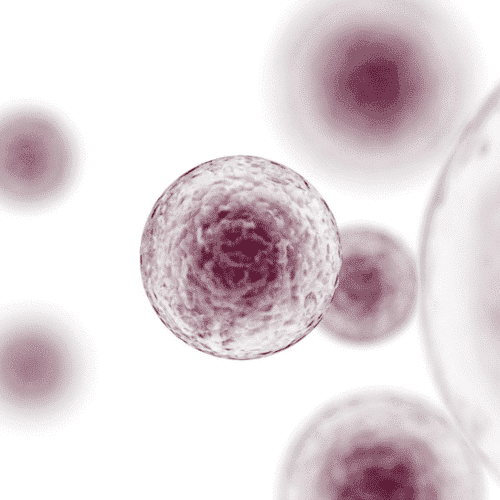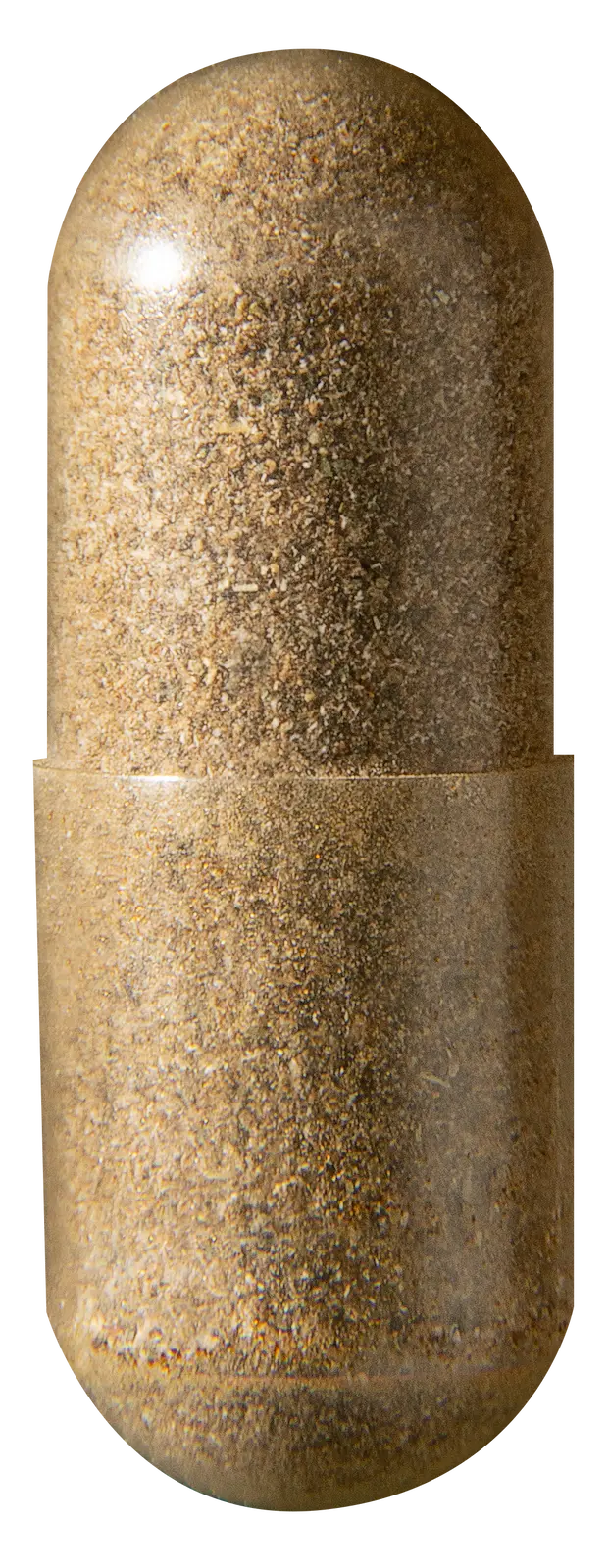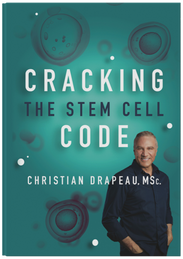People have always been vulnerable to illness and injury from the dawn of time. Our bodies continuously heal themselves, whether it’s a simple cold or something more serious like a heart attack. This begs the question: what is responsible of your body’s repair? This is where stem cells enter the picture.

When someone is hurt or sick, their first instinct is to take medication, but what if the cure to the problem was something completely different? What if having stem cells in your bloodstream could not only help you heal faster after an injury, but also prevent injuries in the first place?
STEM CELL POTENTIAL
Adult stem cells’ ability to regenerate is one of the most significant discoveries of our time. Since the discovery that adult stem cells have the power to convert into cells from practically any tissue in the body — including the heart and brain! – scientists have been working on ways to use stem cells to cure a variety of human ailments.
The human body comprises hundreds of various types of cells, each of which performs a distinct function and is responsible for keeping our bodies working regularly. They include stem cells, which are the genesis of all new cells. They’re also in charge of tissue regeneration, which keeps the body in good working order. Exosomes, a sort of vesicle that contains information (in the form of messenger RNA) and is found outside the cell, are how stem cells communicate with other cells.

Unfortunately, almost 90% of our stem cell pool is gone by the time we reach the age of 30, and from there the decline continues until our last breath. As we pass 80 years old, our stem cell pool is largely depleted, making it more difficult to repair and to simply maintain health. According to the prestigious World Journal of Experimental Medicine, the quantity of adult stem cells in the bloodstream is one of the most critical signs of health.1
Having said that, studies have shown that increasing the number of circulating stem cells correlates with improved health, which, when combined with the discovery of natural stem cell enhancers, offers a novel approach to achieving health and wellness. Supporting stem cell release from the bone marrow can support many areas of human health because bone marrow stem cells (BMSC) can become practically every cell type in the body; the nervous system2,3, heart function4,5, liver function6, pancreas function7, kidney function8, and the lungs9, skin10, and bones11 have all been shown to benefit from BMSC. In summary, the discovery of stem cells’ involvement in the body has resulted in a greater understanding of how the body heals itself, opening up a whole new paradigm in our pursuit of optimal health.

As a result, improving stem cell mobilization and raising the amount of circulating stem cells to assist the body’s natural repair and renewal system is a revolutionary approach to health and wellness.
Health & Wellness Ingredients
With the discovery of the body’s inherent repair and regeneration system came the discovery of specific plants that help stem cells play their natural role in the body. Several plants have been documented to assist the release of stem cells from the bone marrow, just as several plants have been documented to support the immune system.
Some of these powerful plants are critical components of STEMREGEN. These include:
Sea Buckthorn Berry
An extract of sea buckthorn berries has recently been documented to trigger stem cell release and increase the number of circulating stem cells by nearly 40%.

Aphanizomenon flos-aquae (AFA) Extract
Aside from its anti-inflammatory and immune-modulatory properties, Aphanizomenon flos-aquae (AFA) Extract has been documented to support the release of stem cells from the bone marrow, significantly increasing the number of circulating stem cells.

Stemaloe
Historically, Aloe has been documented to enhance hematopoiesis (blood cell formation) in the body. More recently, a unique species of Aloe called Aloe macroclada was shown to support the mobilization of stem cells from the bone marrow.

Fucus Vesiculosus Extract
Fucus vesiculosus Extract contains two unique components:
- Phlorotannins, and more specifically phloroglucinol.
- A polysaccharide known as fucoidan.
Phloroglucinol has been associated with benefits touching various aspects of human health, such as cardiovascular health, cognitive functions, and glucose metabolism.
On the other hand, Fucoidan has been documented to have anti-inflammatory properties and increase the baseline number of circulating stem cells over time.

Panax Notoginseng Extract
Recently, an extract of Panax notoginseng was documented to increase the proliferation of stem cells within the bone marrow and their release from the bone marrow, increasing the number of circulating stem cells.

Beta-Glucan 1-3
Beta-Glucan has been documented to support various aspects of stem cell function, including stem cell proliferation, release from the bone marrow, and migration into tissues.

Ultimately, the finding that BMSCs are part of the body’s natural repair and rejuvenation system has ushered in a new era of health and wellness. Every day of our life, we shed cells, and if we want to stay healthy, we must replace those cells. Health problems don’t start the day we get a diagnosis or decide “enough is enough” and make an appointment with the doctor. Years, if not decades, go by before we notice any symptoms of a health concern. The existing health model has conditioned us to only think about our health when we are ill. Because of the age-related decline in the number of circulating stem cells, we now know that all age-related health problems emerge slowly through the accumulation of day-to-day decline that is not adequately compensated for. This realization alters everything. Increasing the number of circulating stem cells by just a few percent each day can drastically improve the body’s ability to stay healthy and strong. With this newfound knowledge of health and wellbeing comes the discovery of plant-based extracts and stem cell enhancer supplements like STEMREGEN that can boost the number of circulating stem cells, paving the way for a new wellness and antiaging strategies.
References:
- Ahmed, Abu Shufian Ishtiaq et al. “Effect of aging on stem cells.”World journal of experimental medicine1 1-10. 20 Feb. 2017, doi:10.5493/wjem.v7.i1.1
- Zhao M, Momma S, Delfani K, Carlen M, Cassidy RM, Johansson CB, Brismar H, Shupliakov O, Frisen J, Janson AM. (2003) Evidence for neurogenesis in the adult mammalian substantia nigra. PNAS 100(13):7925- 30
- Carreras E, Saiz A, Marín P, Martínez C, Rovira M, Villamor N, Aymerich M, Lozano M, Fernández-Avilés F, Urbano-Izpizua A, Montserrat E, Graus F. (2003) CD34+ selected autologous peripheral blood stem cell transplantation for multiple sclerosis: report of toxicity and treatment results at one year of follow-up in 15 patients. Haematologica 88(3):306-14
- Ince H, Petzsch M, Kleine HD, Schmidt H, Rehders T, Körber T, Schümichen C, Freund M, Nienaber CA. (2005) Preservation from left ventricular remodeling by front-integrated revascularization and stem cell liberation in evolving acute myocardial infarction by use of granulocyte-colony-stimulating factor (FIRSTLINE-AMI). Circulation 112(20):3097-106.
- Orlic D, Kajstura J, Chimenti S, Limana F, Jakoniuk I, Quaini F, Nadal-Ginard B, Bodine DM, Leri A, Anversa P. (2001) Mobilized bone marrow cells repair the infarcted heart, improving function and survival. PNAS 98(18):10344-9.
- Ahmadi AR, Chicco M, Wesson RN, Anders RA, Dor FJMF, IJzermans JNM, Creamer TJ, Williams GM, Sun Z, Cameron AM. (2018) Stem Cell Mobilization Is Lifesaving in a Large Animal Preclinical Model of Acute Liver Failure. Ann Surg. 268(4):620-631
- Ianus A, Holz GG, Theise ND, Hussain MA. (2003) In vivo derivation of glucose-competent pancreatic endocrine cells from bone marrow without evidence of cell fusion. J Clin Invest. 111(6):843-50.
- Herrera MB, Bussolati B, Bruno S, Fonsato V, Romanazzi GM, Camussi G. (2004) Mesenchymal stem cells contribute to the renal repair of acute tubular epithelial injury. Int J Mol Med. 14(6):1035- 41
- Rojas M, Xu J, Woods CR, Mora AL, Spears W, Roman J, Brigham KL. (2005) Bone marrow-derived mesenchymal stem cells in repair of the injured lung. Am J Respir Cell Mol Biol. 33(2):145-52.
- Borue X, Lee S, Grove J, Herzog EL, Harris R, Diflo T, Glusac E, Hyman K, Theise ND, Krause DS. (2004) Bone marrow-derived cells contribute to epithelial engraftment during wound healing. Am J Pathol. 165(5):1767- 72.
- Bozlar M, Aslan B, Kalaci A, Baktiroglu L, Yanat AN, Tasci A. (2005) Effects of human granulocyte-colony stimulating factor on fracture healing in rats. Saudi Med J. 26(8):1250-4.
- Drapeau, C. (2021).The Stemregen Effect: Tapping Into The Power Of Your Own Stem CellsEdition). Kalyagen.





